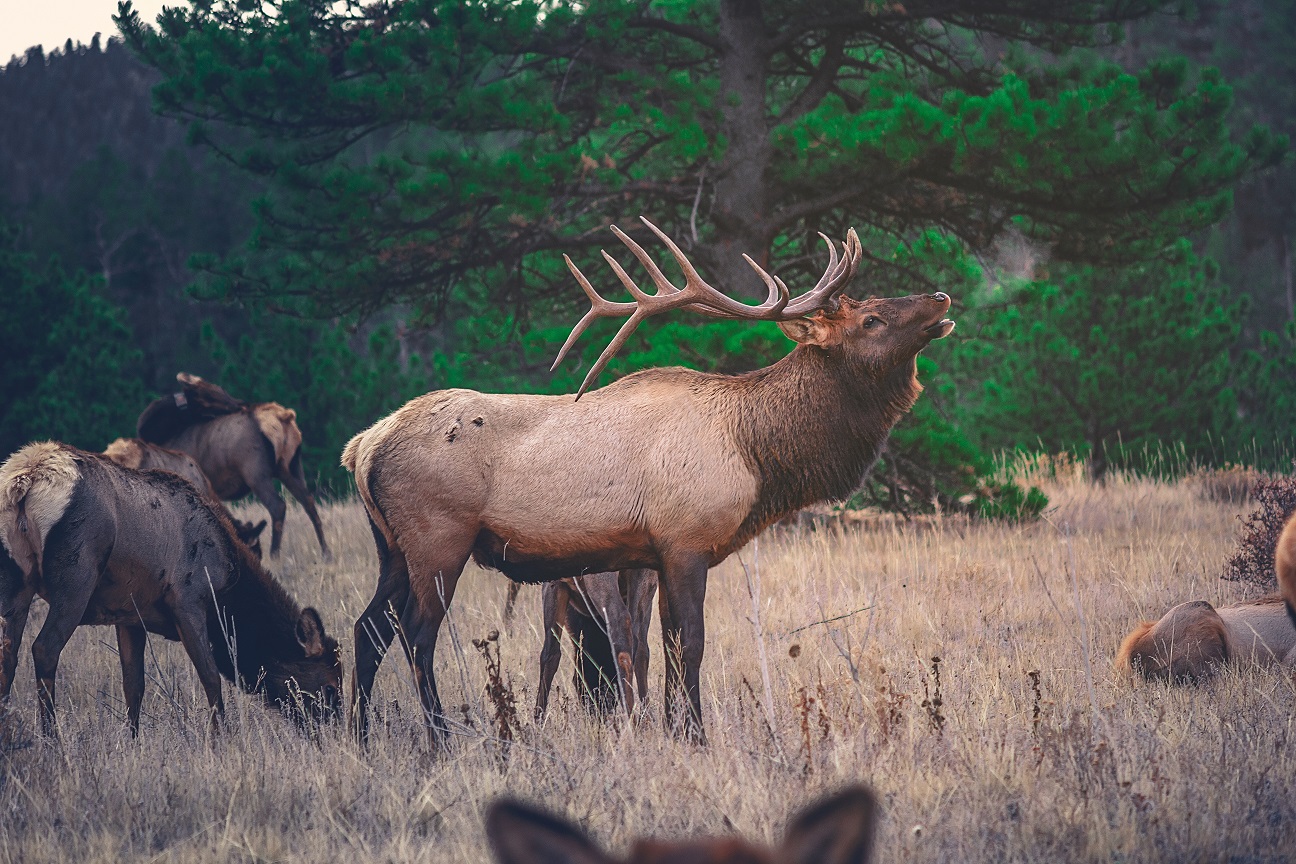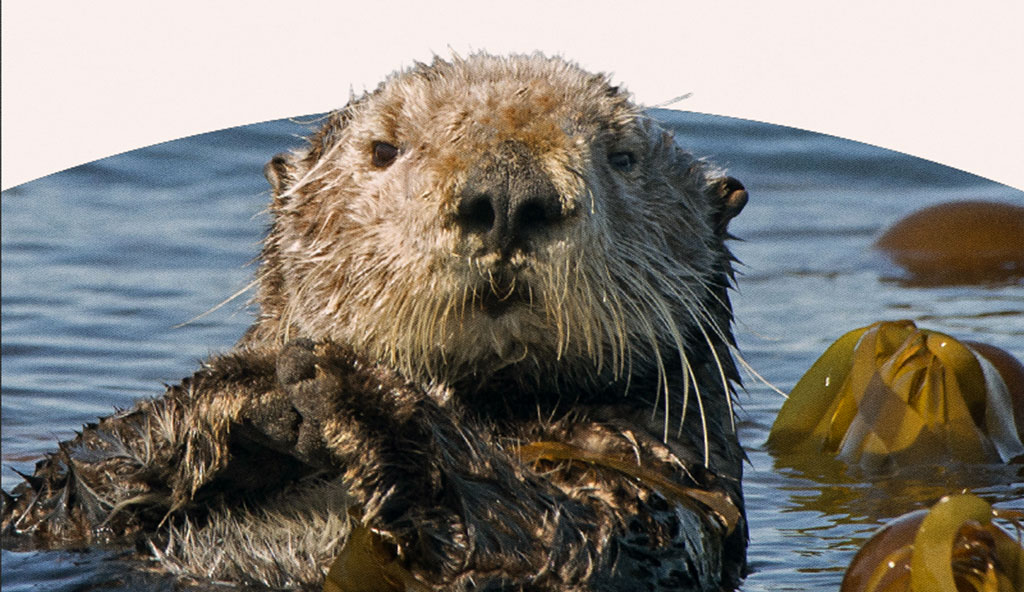When a Haywood County farmer shot seven elk on his family’s land outside Great Smoky Mountains National Park in January 2016, there was public outrage. Even though the act was ultimately deemed legal—the elk had been eating winter wheat and chasing dairy cows—one state official described it as “spite killing.” But the headline-garnering event was only the latest episode in more than a decade of human-elk conflicts in western North Carolina.
The reality of the 15-year-old effort to reintroduce elk to the Smokies is that for the animals to thrive, they’ll need the help of private landowners. Unfortunately, locals currently have little incentive to accommodate the animals. Elk that have wandered beyond the park’s boundary have destroyed crops, orchards, and fences; aggravated livestock; and even killed dogs on private lands. In the densely populated East, long-term success for the elk herd will ultimately hinge on transforming the wildlife from liabilities into assets in the eyes of landowners—as has successfully happened with wolves, bison, and other wildlife in the West for years.
Starting in 2001, the National Park Service and Rocky Mountain Elk Foundation worked together to reintroduce 52 elk to the Smokies, roughly a century-and-a-half after the species had been hunted out of existence in North Carolina and Tennessee. Today there are about 150 elk that range in the park’s eastern reaches, where they’ve become quite the draw. After reintroduction, visitation to Cataloochee Valley practically doubled, to about 140,000 people annually. But while thousands of visitors may enjoy coming to see the elk, local farmers and residents bear the brunt of the costs when the animals wander in search of greener pastures.
“The question is as this population grows, who’s going to feed them?” Jimmy Cowen, a local farmer, asked at a public hearing held by the North Carolina Wildlife and Resources Commission (WRC) last fall. “Why should it be up to the private landowners?”
When it comes to wolves and bison out West, environmental groups and government agencies have come up with innovative ways to mitigate conflicts by working alongside private landowners. Often, this simply means compensating landowners for damages caused by wildlife.
Nearly 30 years ago, the non-profit Defenders of Wildlife raised funds to pay full value for any livestock killed by wolves that were returning to northwestern Montana near Glacier National Park. State and federal agencies verified the losses, ranchers were compensated, and conflict over the heated issue died down relatively quickly. Posters featuring artwork of wolves were sold for $30 apiece to help raise funds and make the program sustainable. The organization used the same strategy for ranchers near Yellowstone when wolves were reintroduced to that park in the 1990s.
More recently, a handful of conservation groups helped pay for fencing for landowners who want to keep free-roaming Yellowstone bison off their pastureland. “Montanans have figured out how to live alongside other wildlife,” Zack Waterman, of the Sierra Club, said at the time, “and we are thrilled to be a part of finding creative solutions which help communities do the same with wild bison. As bison return to portions of their historic range, simple solutions like putting up a fence can help avoid unnecessary conflicts.”
Similar approaches could be harnessed in western North Carolina. The WRC already paid for a two-mile, $19,000 fence on the dairy farm where the seven elk were shot; it was funded by hunting-license revenues. The 6-foot game fence is similar to those commonly used in Montana and other western states, and despite two more elk deaths—although not by gunshot—reported near the dairy farm this year, the wildlife commission claims that such fencing has proven to be the best way to mitigate elk conflicts in North Carolina. This approach could evolve from an ad-hoc one into a systematic compensation program for farmers and residents.
Developing habitat on public lands can also mitigate conflicts by funneling elk away from farms, residences, and highways where they’ve become nuisances. The Conservation Fund, an environmental non-profit, is conveying nearly 2,000 acres adjacent to the Smokies Park near Maggie Valley for the WRC to manage. The goal is to create diverse areas of meadows, scrub forests, and mature woods that make for ideal elk habitat.
Because these sorts of conservation efforts require financial support beyond just state revenues and farmers or ranchers, it only makes sense for elk lovers and conservation groups to chip in. That should be a feasible ask, given the popularity of the Smokies elk.
One evening last fall, park visitors’ SUVs and pickup trucks lined either side of the road through a Cataloochee meadow, watching a bull elk stand amongst 20 females and let out a series of bugles that echoed through the valley. Humans will never be able to avoid 100 percent of conflicts with these elk. But if conservation groups and the state can take a lead from successes in Montana and elsewhere—and continue to collaborate with private landowners—they’ll make sure elk bugling will be heard in western North Carolina for years to come.
An abridged version of this piece appeared in the April 2017 issue of Blue Ridge Outdoors.




